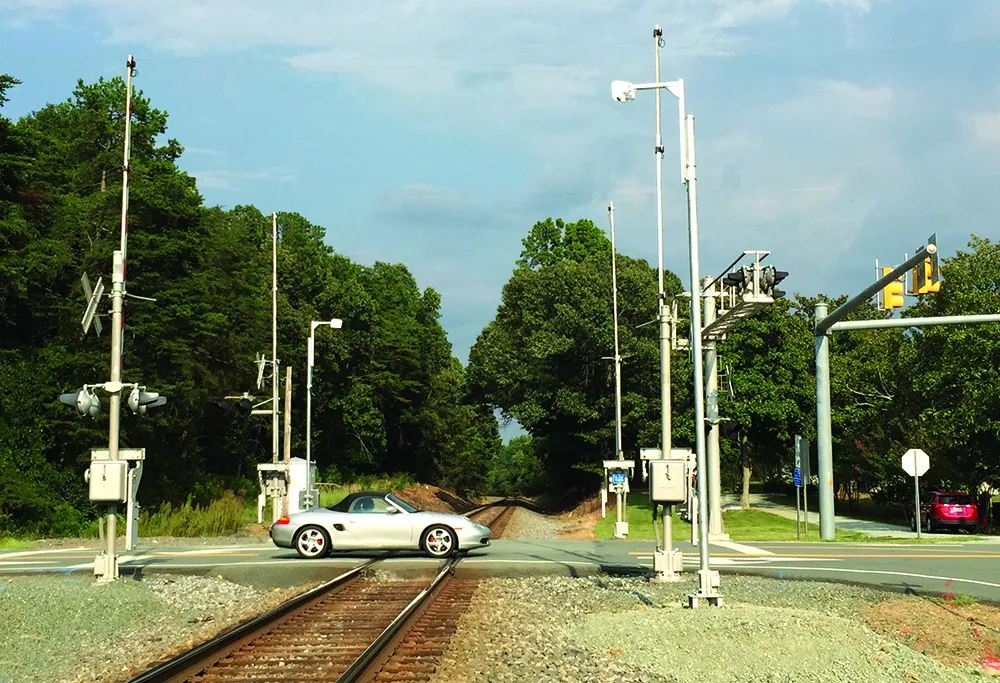
The MTA began enforcement with Siemens camera systems on the M15, B44 and M14 Select Bus Service (SBS) fleets in Manhattan and Brooklyn last year in a bid to help clear bus lanes, speed up rides and prioritise transit on high-volume corridors.
MTA says bus speeds on the M14 have risen 55% since December 2018 as a result of the automated bus lane enforcement (ABLE) programme – although that only takes the average to 5.8mph.
The new route is the B46, which runs along Broadway, Malcolm X Blvd, Utica Av and Flatbush Av and connects to five subway lines and 30 bus routes. MTA says users will benefit from faster travel times when these dedicated lanes remain clear of traffic.
The system uses Siemens’ LaneWatch cameras, mounted directly on buses, to capture number plate details of vehicles that obstruct bus lanes while advanced video capabilities record photographs, videos and location information. Motorists who block a bus lane are subject to a fine.
MTA says 9,700 tickets for violations have been issued so far – 8,700 of them on the M15 route.
The advantage to New York City Transit is that it would have required “substantially more surrounding static camera infrastructure in order to capture the same information”, says Siemens.
Michael Peter, CEO of Siemens Mobility, says the solution combines GPS, geo-fencing and automatic number plate recognition (ANPR) to ensure buses run more efficiently without being impeded by other vehicles in bus-only lanes.
“By improving availability in the lane, it reduces commutes and can improve passenger experience on the more than two million daily bus trips served by their system,” Peter adds.
Craig Cipriano, acting MTA bus company president, said: “We recognise our current and potential customers’ desires to speed up the bus system, and continue to use the lessons learned from the M14 busway – namely, well-enforced bus priority - as the key to achieving a world class bus system that customers choose as their preferred transportation. The ABLE system truly makes bus lanes for buses.”
ABLE camera systems capture evidence such as licence plate information, photos and videos, as well as location and timestamp information, of vehicles obstructing bus lanes – but MTA insists that vehicles making permitted turns from bus lanes are not ticketed.
However, motorists who remain in a bus lane without exiting at the first possible right turn, or who block the bus lane by two successive buses - are considered to be violating traffic laws.
During the initial 60-day grace period, motorists who block bus lanes are issued a warning that does not carry a fine. After that they are fined $50 for the first violation and $100 for a second, rising to $250 for a fifth violation - and for each subsequent one within a 12-month period.
The city’s 2020-24 Capital Plan includes $85 million for further expansion of the ABLE programme. Other strategies include redesigning bus networks to better meet customer needs, installing traffic signal priority technology, implementing more transit priority street designs and deploying new modern buses.









